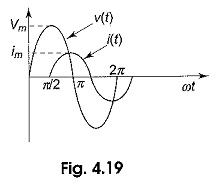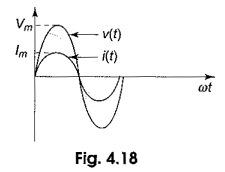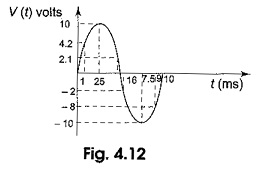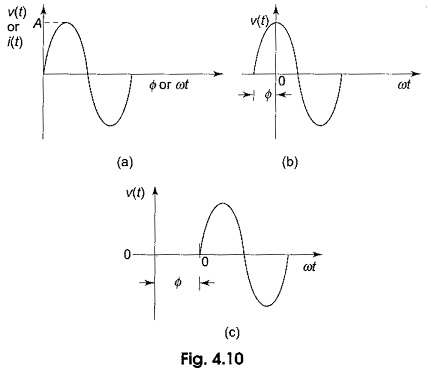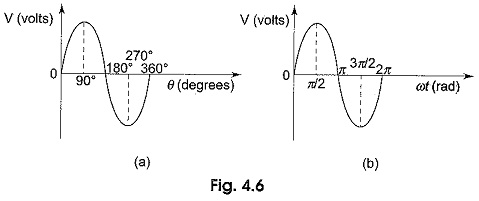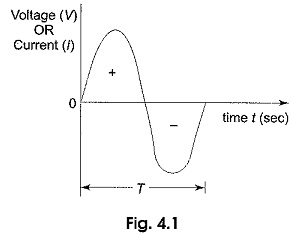Phase Relation in Pure Inductive Circuit
Phase Relation in Pure Inductive Circuit: Phase Relation in Pure Inductive Circuit - As discussed already, the voltage current relation in the case of an inductor is given by Consider the function i(t) = Im sin…
